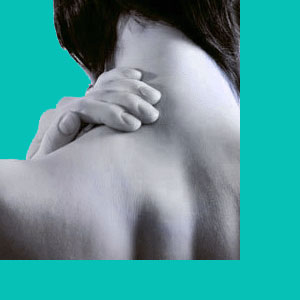
Massage for herniated discs is a complementary therapy option used by many patients as part of a combined care program for neck or back pain. Massage is one of the oldest known health practices and provides numerous benefits for patients with a variety of chronic health concerns. Unfortunately, since massage is a superficial treatment and herniated discs exist deeply in the spinal anatomy, it is logical that bodywork will do nothing to actually cure any disc pathology.
This essay will detail the benefits of using massage to treat spinal disc protrusions, as well as shed light on the limitations of therapy.
Styles of Massage for Herniated Discs
Massage therapy is excellent for muscular injuries and soft tissue pain syndromes. It is also a relaxing and therapeutic experience which helps you connect with the therapist and use their energy to enact a positive healing response.
There are many individual types of massage therapy and each provides a unique experience for a client. Some styles concentrate on general muscle work, while others focus on deep tissue treatment. Some styles of massage manipulate the body’s trigger points and others seek to balance chi/qi energy. There are vigorous and relaxing styles of massage and every herniated disc patient is bound to find a variety which suits their needs and preferences perfectly.
Massage is often most effective when combined with other conservative care methods, such as chiropractic or physical therapy.
Herniated Disc Massage Indications
Despite all the wonderful characteristics of massage therapy, it is still not an ideal treatment for herniated disc pain. Massage will not resolve disc conditions, nor will it provide relief of neurological symptoms sometimes associated with herniated and degenerated discs.
Massage can be very helpful for patients who have a misdiagnosed disc pain syndrome and are actually suffering from ischemia of the affected spinal region or a chronic muscular pain syndrome.
Massage works so well to relieve oxygen deprivation symptoms, since it increases circulation and oxygenation of painful tissues and also encourages the removal of cellular waste products, such as lactic acid.
Many fibromyalgia patients find it to be one of the most beneficial of all therapies, as do patients affected by a variety of idiopathic back and neck pain conditions.
Efficacy of Massage for Herniated Discs
Massage can assist in relieving some pain simply due to the relaxing effects of the experience. Patients who truly suffer from a deep spinal condition, such as structural herniated disc pain, are unlikely to notice considerable symptomatic relief from even the best massage.
Patients who endure muscular back pain, often mistakenly blamed on a herniated disc, will enjoy much better results from manual massage therapy. If this describes your dorsalgia condition, you should consider that your diagnosed disc pain might actually be caused by a completely different source.
I am a huge fan of massage therapy and think it is a great part of a health maintenance program. Massage is a fantastic treat for your body and your soul, but is not the best bet as a herniated disc treatment.
My advice is to find a real cure for your disc symptoms first and enjoy the lasting and therapeutic effects of massage once you are pain-free. However, regardless of your diagnosis, or the logic of using massage to treat it, one thing is for sure: If massage helps you, no matter how or why, then use it! There are no risks. Compared to other forms of pain management, massage is definitely one of the most positive for your overall health and wellness, making it a natural winner.
Herniated Disc > Herniated Disc Treatments > Massage for Herniated Discs





